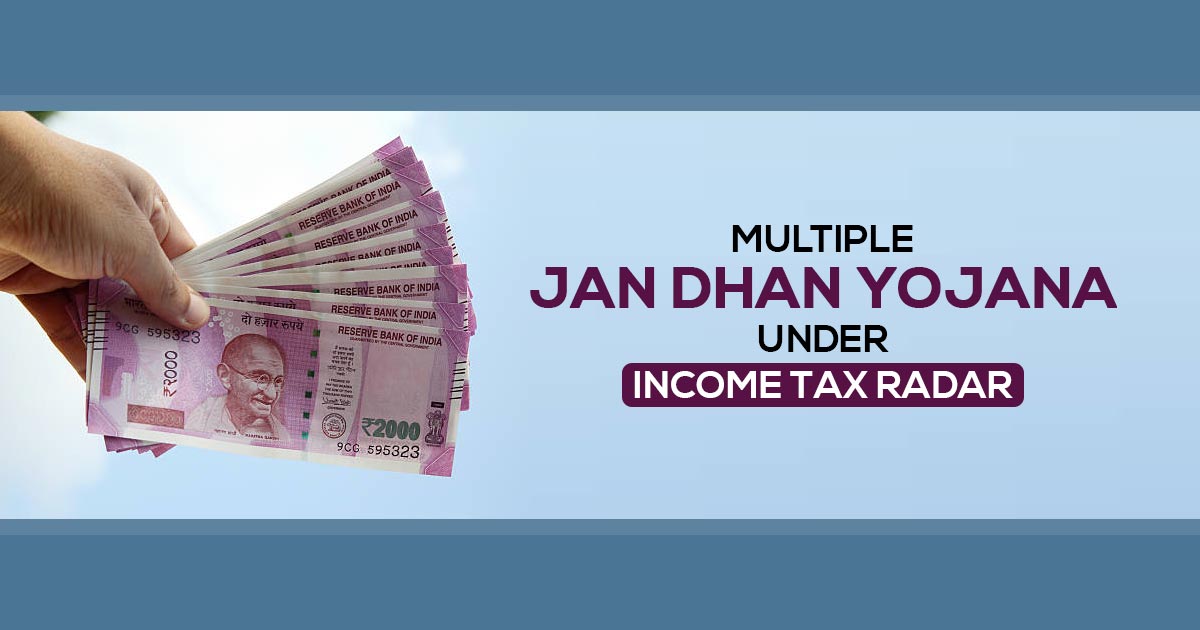
The existing notes will remain legal tender, the RBI announced on Friday, and ₹2000 notes will be removed and added.
According to sources aware of the move, sudden significant deposits in numerous Jan Dhan accounts may also be examined in an effort to uncover tax evaders using third-party bank accounts to hide their income while swapping rupee ₹2000 notes.
In the coming months when people are anticipated to get rid of any rupees ₹2000 notes before they become invalid at the end of September, tax authorities expect to utilise artificial intelligence and data analytics to determine unexpected high-value purchases and Jan Dhan Yojana deposits. Banks have been ordered to report “suspicious” account transactions.
Additionally, they stated that while it is acceptable for honest persons to visit banks to exchange or deposit a small number of ₹2000 notes, an unusual and unexplained increase in ₹2000 notes deposits will undoubtedly raise suspicion. For that, banks, tax authorities, and other organisations are attentive to the scenarios.
The majority of those with Jan Dhan Yojana accounts are from low-income families and are a part of the government’s financial inclusion drive.
The second official stated that exchanging money with trustworthy persons is an easy and hassle-free process. State Bank of India (SBI) stated in an internal letter dated May 20 that it will offer exchange services for ₹2000 notes to “all members of the public up to a limit of ₹20,000 at a time,” and that this will be permitted without the need for a requisition slip. There is no need for the tenderer to present identity proof at the time of exchange.
The second official said that there are no restrictions on how to deposit ₹2000 notes balances into accounts held with any bank. Deposits, however, would need to comply with rules including KYC standards and other relevant legal criteria. According to the standards, banks have been told to follow “cash transaction reporting” and “suspicious transaction reporting,” he continued.
He added that the income tax department and other organisations could investigate any suspicious transaction. It is incorrect to claim that the November 2016 demonetization of ₹500 and ₹1000 notes’ denominations was ineffective. In reality, agencies had traced several questionable transactions totalling crores, and counteractions had been started. Even though the majority of the demonetized coins have returned, suspicious transactions have not gone unreported.
There were concerns that Jan Dhan accounts owned by the poor played a key part in money laundering for dubious rich people despite data showing that about 99.3% of the currency that was demonetized on November 8, 2016, was returned to banks.
On November 15, 2016, after taking note of the situation, the government set an upper cash deposit limit of ₹50,000 for each Jan Dhan account.
Read Also: 7 Major Banking Services Attract GST in India
The majority of experts identified two important consequences of the choice. First, they said that, for a variety of reasons, there was unlikely to be significant economic disruption, as there had been during the 2016 demonetisation exercise.
One is that the notes being withdrawn represent 10.8% of the currency in circulation, whereas 86% of the currency was affected by demonetisation. Two, rather than losing all value, the notes will still be accepted as legal tender. Three, there is a longer requirement for a smooth exchange between May 23 and September 30 when the notes can be traded for lower-denominated money, according to Pranjul Bhandari, Chief Economist for India at HSBC Research.
The decision’s impact on liquidity comes in second. According to Bhandari, the action would momentarily ease some of the pressure on the banking sector’s liquidity, but it is not a long-term fix. The RBI will eventually need to choose the ideal level of ongoing liquidity to maintain in the system in order to achieve its inflation goal, and it will have to do it through the two primary sources (dollar and g-sec purchases).









